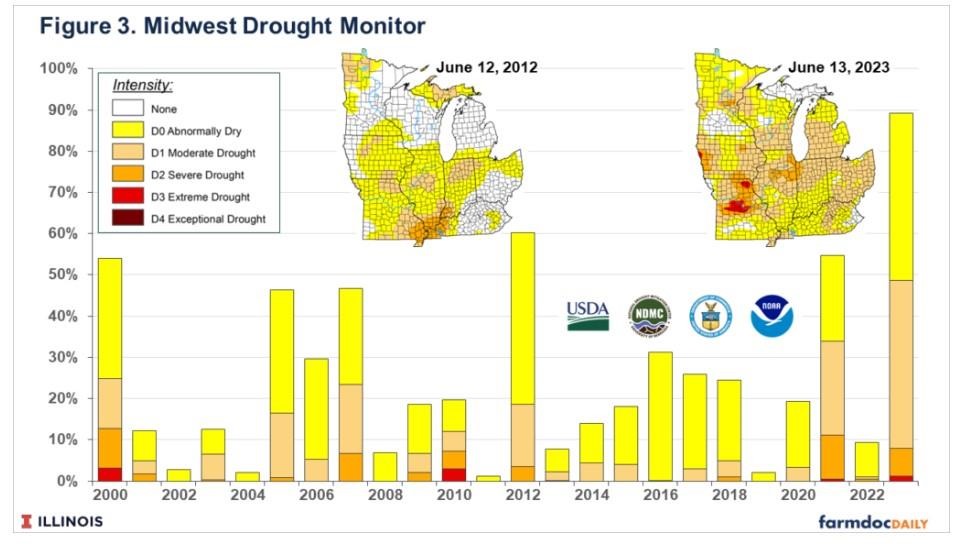By Erin Hodgson Professor
The most effective way to make treatments decisions for pests with chewing mouthparts (e.g., Japanese beetle, bean leaf beetle, caterpillars, and grasshoppers) is to estimate defoliation. I’m a “lumper” and don’t try too hard to distinguish feeding by species. Replicated data over multiple growing regions consistently shows economic thresholds for soybean are 30% in the vegetative stages and 20% in the reproductive stages. This threshold applies to the entire field. Sometimes these pest cause significant injury along field margins and perimeter treatments may be more cost effective if practical.
In general, humans tend to over-estimate defoliation and treat more often than necessary. I recommend three different approaches to making your estimates more accurate:
- Use this leaflet sampling method summarized in Figure 1 to reduce bias in the field.
- Practice estimating leaflet defoliation with Figure 2.
- Take this online quiz to calibrate your defoliation estimates.

Figure 1. Scouting guide for estimating defoliation in soybean.

Figure 2. Soybean leaflet defoliation guide.
Japanese beetle reports have been up this year. We are finding large aggregations on field edges of soybean and other plants right now. Ashley Dean and I also published a review article for Japanese beetle if you want to learn more about this corn and soybean pest.
Source : iastate.edu